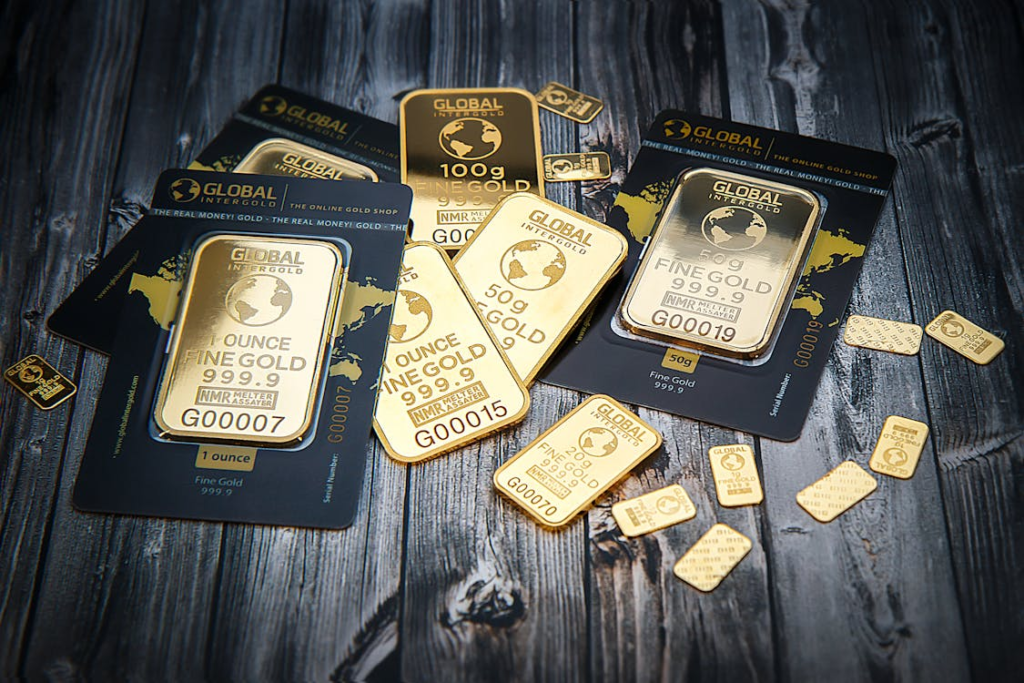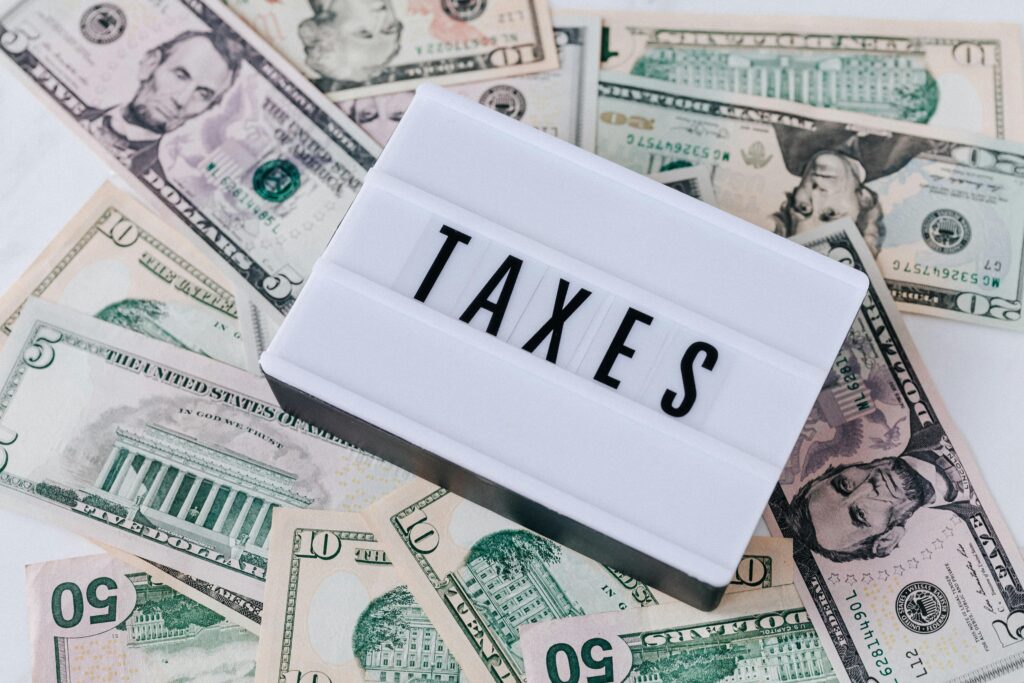
When you think about the highest currencies globally, names like the US Dollar, British Pound, or Euro probably come to mind. However, the truth might surprise you. The term “Highest Currency” refers to the currency’s exchange value, especially against the Indian Rupee (INR), and doesn’t always belong to the wealthiest nations. So, while the US Dollar is the most traded and arguably the strongest currency in the world, it isn’t the most valuable.
Curious About the World’s Most Valuable Currencies?
We’ve crunched the numbers to bring you a list of the world’s most valuable currencies. These currencies have outshined the US Dollar, which remains the most traded currency globally. Let’s dive into the top 10 highest currencies in the world:
| S.No | Currency | Value in INR (as of 14th August 2024) | Value in USD (as of 14th August 2024) |
| 10 | United States Dollar | 83.95 INR | 1.00 |
| 9 | Euro | 92.38 INR | 1.10 |
| 8 | Swiss Franc | 97.20 INR | 1.16 |
| 7 | Cayman Island Dollar | 101.42 INR | 1.21 |
| 6 | Gibraltar Pound | 107.17 INR | 1.27 |
| 5 | British Pound | 107.82 INR | 1.28 |
| 4 | Jordanian Dinar | 118.48 INR | 1.41 |
| 3 | Omani Rial | 218.07 INR | 2.60 |
| 2 | Bahraini Dinar | 222.72 INR | 2.65 |
| 1 | Kuwaiti Dinar | 274.25 INR | 3.27 |
10. United States Dollar (USD)
The US Dollar is the official currency of the United States of America. It’s the most traded currency in the world, with the USD to EUR exchange rate being particularly popular. The Dollar is the primary reserve currency worldwide, held by almost every central and commercial bank.
Despite its global dominance and the US’s influence in global politics and finance, the US Dollar ranks 10th among the world’s strongest currencies. Why? Here’s a look:
Reasons:
- Inflation: The US experiences a higher rate of inflation than many other countries, causing the dollar’s purchasing power to decrease over time.
- Trade Deficit: The US imports more goods and services than it exports, which can lower the dollar’s value.
- Interest Rates: US interest rates are often lower than in many other countries, making the dollar less appealing to investors.
Nevertheless, the strength of the US Dollar has grown significantly over time, largely due to the size and influence of the US economy.
9. Euro (EUR)
The Euro is the official currency of the Eurozone, which includes 19 of the 27 European Union member states. It’s the second largest reserve currency just only comes after the US Dollar as second most traded currency all over the world. Despite its strength, the Euro has its strong rank as 9th number on this list.
Reasons:
- Strong Eurozone Economy: The Eurozone is the second-largest economy globally, providing the Euro with a solid foundation.
- Political Stability: The Eurozone is generally considered politically stable, which attracts investors.
- Low-Interest Rates: Typically, the Eurozone’s interest rates are lower than those of the US and other countries.
However, factors like government debt, inflation, and political uncertainty can impact the Euro’s value, placing it 9th on the list.
8. Swiss Franc (CHF)
The Swiss Franc is the official currency of Switzerland and Liechtenstein, both known for their stability and wealth. The Swiss Franc is the 8th most traded currency worldwide, and here’s we will tell you why :
Reasons:
- Political and Financial Stability: Switzerland is one of the world’s most stable countries, making the Swiss Franc a safe haven for investors.
- Strong Economy: With low unemployment and inflation, Switzerland’s economy supports a strong Franc.
- Central Bank Policy: The Swiss National Bank’s strict monetary policies help maintain the Franc’s strength.
7. Cayman Islands Dollar (KYD)
The Cayman Islands Dollar is the official currency of the Cayman Islands, known for its financial services industry. The KYD ranks 7th among the world’s strongest currencies. Here’s why:
Reasons:
- Fixed Exchange Rate: The KYD is pegged to the US Dollar at a fixed rate, supporting its value through the US economy’s strength.
- Strong Economy: The Cayman Islands boasts a robust economy, further stabilized by its currency’s peg to the US Dollar.
- Low Debt-to-GDP Ratio: The country’s low debt-to-GDP ratio indicates strong financial health.
6. Gibraltar Pound (GIP)
The Gibraltar Pound, pegged to the British Pound Sterling, is the currency of Gibraltar. The GIP and GBP are both accepted in Gibraltar, and the GIP ranks as the 6th highest currency globally.
Reasons:
- Fixed Exchange Rate: The GIP is supported by the UK economy due to its peg to the British Pound.
- Strong Economy: Gibraltar’s status as a financial hub and tourist destination bolsters the GIP’s value.
5. British Pound (GBP)
The British Pound Sterling is the currency of Great Britain and several British territories. It ranks 5th among the world’s strongest currencies.
Reasons:
- Strong UK Economy: The UK is the world’s sixth-largest economy, with a diversified and strong services sector.
- Government Stability: The UK’s stable political environment attracts investors.
- Independent Central Bank: The Bank of England’s independence from government influence helps maintain economic stability.
4. Jordanian Dinar (JOD)
The Jordanian Dinar is the currency of Jordan, introduced in 1950. It ranks 4th among the highest currencies in the world.
Reasons:
- Fixed Exchange Rate: The JOD is pegged to the US Dollar, ensuring its value remains stable.
- Diversified Economy: Jordan’s economy is not overly reliant on oil exports, making the Dinar less vulnerable to global oil market fluctuations.
3. Omani Rial (OMR)
The Omani Rial is the currency of Oman, a country whose economy heavily depends on oil exports. The OMR ranks as the 3rd highest currency globally.
Reasons:
- Oil Exports: Oman’s major export commodities, oil, and gas, support the value of the OMR.
- Low Inflation: Oman’s low inflation rate helps maintain the Rial’s value.
2. Bahraini Dinar (BHD)
The Bahraini Dinar is the currency of Bahrain, another oil-rich nation in the Arabian Gulf. The BHD ranks as the second-highest currency globally.
Reasons:
- Oil Exports: Bahrain’s economy is heavily reliant on oil and gas exports.
- Fixed Exchange Rate: The BHD is pegged to the US Dollar, stabilizing its value.
- Low Inflation: Bahrain’s low inflation rate supports the Dinar’s value.
1. Kuwaiti Dinar (KWD) – The World’s Highest Currency
The Kuwaiti Dinar is the highest currency in the world. Introduced in 1960, the KWD was initially pegged to the British Pound Sterling. It has maintained its top position due to several factors:
Reasons:
- Oil Exports: Kuwait’s strong economy is built on its massive oil exports.
- Fixed Exchange Rate: The KWD is pegged to a basket of currencies, including the US Dollar, Euro, and Japanese Yen, reducing susceptibility to currency market fluctuations.
- Political Stability: Kuwait’s stable political environment attracts foreign investment.
- Scarcity: The Central Bank of Kuwait tightly controls the supply of KWD, which helps maintain its value.
FAQs on the World’s Highest Currencies
Q1. Which currency is the highest in the world?
The Kuwaiti Dinar (KWD) holds the title of the highest currency globally, widely used in the Middle East for oil transactions. The strong economic foundation of Kuwait supports its value.
Q2. Which is the most traded currency in the world?
The US Dollar is the most traded currency globally and serves as the primary reserve currency for international transactions, though it doesn’t hold the highest value.
Q3. What is the world’s most stable currency?
The Swiss Franc (CHF) is considered the most stable currency, backed by Switzerland’s strong economy and sound monetary policies.
Q4. What factors determine a currency’s value?
A currency’s value is influenced by factors like economic growth, inflation rates, trade balances, and government policies.
Q5. Is having a high-value currency beneficial for a country?
It depends. While some countries benefit from a high-value currency, others may find a weaker currency more advantageous, especially in boosting exports.


